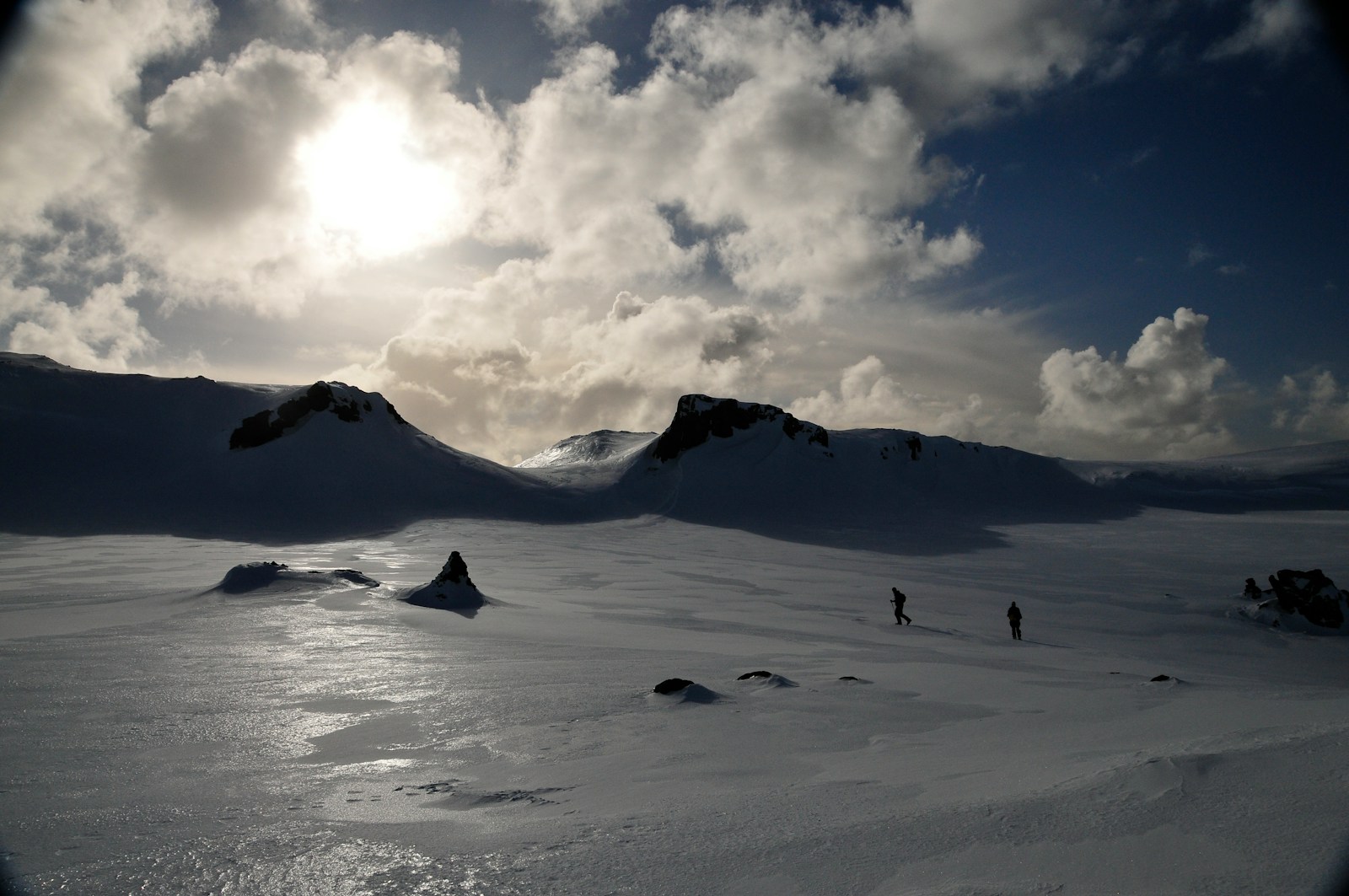Hawaii, often known for its tropical paradise and sunny weather, was struck by an unprecedented and powerful storm system on Thursday, January 30, 2025, that brought a triple-threat of severe weather: heavy flooding, damaging winds, and snowstorm-like conditions on the highest mountain peaks.
The tempest left a trail of destruction across the 50th state, causing widespread power outages, flooded streets, grounded air traffic, and even snow in areas that rarely see it.
The Devastating Storm: Flash Flooding and Damaging Winds
The storm unleashed a barrage of intense weather on Hawaii, with flash flooding warnings extending late into Thursday night, January 30, and into Friday morning, January 31, affecting major areas like Honolulu, Maui, and the Big Island.
The powerful rainfall drenched the state, with Honolulu reporting more than 4 inches of rain on Thursday alone. In the windward sides of the islands, some areas saw rainfall amounts exceeding 6 inches, which contributed to major flooding and dangerous road conditions.
Accompanying the torrential rain were strong, damaging winds that blasted the islands, with some areas experiencing wind gusts up to 63 mph. In Lihue, a whirlwind clocked in at an impressive 73 mph, and parts of Oahu saw winds powerful enough to tear shingles off rooftops.
As a result of the storm’s ferocity, fallen trees blocked roads, and power outages left nearly 50,000 people in the dark at the peak of the storm. By Friday morning, January 31, that number had decreased to about 21,000, but the recovery process was ongoing.
Hawaii’s Airports Grounded Amidst Chaos
The impact of the storm was felt at Hawaii’s airports, where flights came to a halt due to the dangerous weather conditions. A ground stop was issued for all interisland flights on Thursday, January 30, and four flights were redirected to Lihue.
The Hawaii Department of Transportation (HDOT) reported downed trees and power outages that affected traffic lights on Oahu, Maui, and Kauai, further complicating the recovery efforts.
A Rare Kona Low Storm
What was behind this ferocious weather event? A Kona Low, a type of rare, intense storm system in Hawaii, was responsible for the chaos. Kona Lows are known for producing heavy rainfall, strong winds, and cold conditions.
These storms often bring extreme weather, and this particular system packed a significant punch, unleashing both tropical and winter-like conditions across the islands. At the same time, Kona Lows often bring disruptions to local infrastructure, as witnessed by the downed trees and flooded roads.
Winter Storms in Hawaii? Snow on the Mountain Tops
In an ironic twist for the usually warm island state, Hawaii’s Big Island found itself in the midst of a significant winter storm. On Thursday, January 30, and continuing through **Saturday morning, February 1, snowstorm-like conditions were reported on Mauna Kea and Mauna Loa, with up to 18-24 inches of snow expected to accumulate.
Winds at the mountaintop were measured at speeds up to 85 mph, creating blizzard-like conditions and severe whiteouts. The National Weather Service issued a Winter Storm Warning for these areas, which will remain in effect through Saturday morning, February 1.
The Aftermath and Recovery Efforts
Hawaii is no stranger to storms, but the scale of this system is unprecedented. On the Big Island, emergency measures were taken, and local government offices were closed on Friday, January 31, as rain continued to pour.
Crews worked tirelessly to clear fallen trees and reopen roads, while emergency responders managed storm-related incidents like rockslides. The intense weather has also had a major impact on local businesses and daily life, with residents hunkered down in the face of widespread disruptions.
Despite the severe weather conditions, Hawaii’s residents are no strangers to resiliency, and efforts are underway to restore power, clear debris, and ensure the safety of residents and visitors alike.
What Can We Expect Moving Forward?
While the storm system is beginning to pull away from Hawaii, the damage left in its wake is still being assessed. The state has experienced everything from tropical storm conditions to heavy snow, proving that Hawaii’s weather can be as unpredictable as it is diverse.
As the storm continues to subside, weather experts are monitoring the recovery efforts and issuing additional warnings where needed, particularly on the mountain peaks.
The current storm serves as a reminder that no place is immune to the increasing frequency of extreme weather events. The impact of climate change is being felt across the globe, and regions once considered safe from such violent storms are now experiencing unprecedented weather patterns.
Conclusion
Hawaii’s rare but intense Kona Low storm is a reminder of the unpredictable power of nature. From tropical flooding to winter snowstorms on the mountain tops, this weather event has upended normal life across the islands. While recovery efforts are already underway, it’s clear that Hawaii, like the rest of the world, must continue to prepare for more extreme weather events in the future.
As residents in Hawaii work to rebuild, it’s crucial for the global community to pay attention to the increasing frequency and severity of such storms. This extreme weather serves as a stark reminder that the effects of climate change are far-reaching—and it’s up to all of us to act before the next storm strikes.





